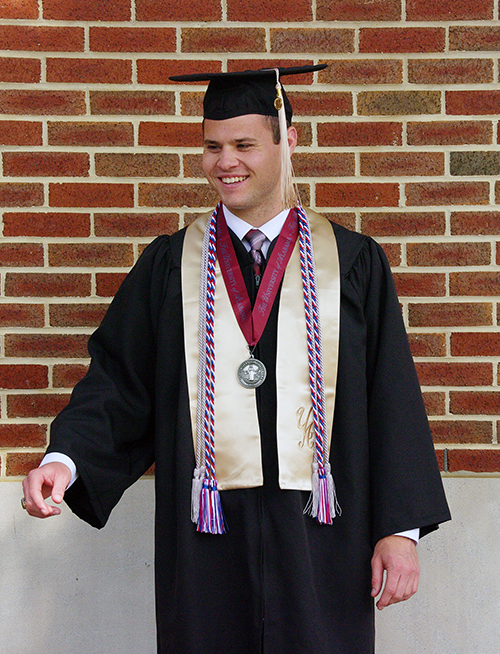Low-interest and no-interest federal loans help finance college
| Click HERE for a list of Alabama Colleges and Universities |
By Minnie Lamberth
If you are a college-bound student or the parent of a college-bound student, you’re likely looking for financing options for educational expenses — and at federal student loans, in particular.
The direct loan program funded by the U.S. Department of Education generally offers borrowers lower interest rates and more flexible repayment options than loans from banks or other sources. In addition, loans are in some cases “subsidized” based on financial need — meaning, qualified borrowers would repay the loan but would not have to pay interest on the loan until after graduation.
Loans that are “unsubsidized” are also available from the federal government. Borrowers don’t have to demonstrate financial need to receive an unsubsidized loan, but they do have to pay interest on the loan while in college.
Four types of direct loans include:
- Direct Subsidized Loans – Made to eligible undergraduate students who demonstrate financial need to help cover the costs of higher education at a college or career school.
- Direct Unsubsidized Loans – Made to eligible undergraduate, graduate, and professional students. It is not necessary to demonstrate financial need.
- Direct PLUS Loans – Made to graduate or professional students and parents of dependent undergraduate students to help pay for education expenses not covered by other financial aid.
- Direct Consolidation Loans – A method for combining multiple federal student loans into a single loan with a single loan servicer.
 Combined aid sources
Combined aid sources
Financial aid offices work with students to combine multiple sources of educational funding to create a financial aid package. It’s common to include both subsidized and unsubsidized loans within this package, as well as work-study eligibility, grants or scholarship assistance.
Whether the loan is subsidized or unsubsidized, there are caps on the amount that can be borrowed. “The different grade classifications have different loan limits,” says Tommy Dismukes, a financial aid administrator with Huntingdon College in Montgomery. “They increase each year as you progress in college.”
Dismukes explains that the most a freshman can get in federally subsidized loans is $3,500, while the most a freshman can get in unsubsidized loans is $2,000, for a total of $5,500. For sophomores, those combined amounts increase to $6,500, and for juniors and seniors, the combined amounts increase to $7,500.
Prior to the passage of the Health Care and Education Reconciliation Act of 2010, banks and private lenders made student loans that were guaranteed by the federal government. Now that the federal government is the lender, banks have shifted to private loans.
“A lot of families look to these private loans to provide additional funds,” Dismukes says. Because interest rates and repayment terms aren’t as favorable as federal direct loans, private loans don’t have as much appeal but are still part of the equation.
Completing the FAFSA
Completing the “Free Application for Federal Student Aid” is the first step for determining eligibility for federal aid. The FAFSA can be completed and submitted after January 1 for high school seniors and after selecting the school of choice, applying and getting accepted. “Schools have a mechanism to notify students that they need to do the FAFSA,” Dismukes says. The document has to be completed each year of college attendance and is based on the previous year’s income and certain assets.
This financial picture provides a guide for financial aid offices to work with students and families to determine eligibility and availability of federal loans and other funding to support their education. “It’s not a ‘one size fits all,’” Dismukes says. “It’s based on a review of the FAFSA.”
For more information, visit studentaid.ed.gov/





